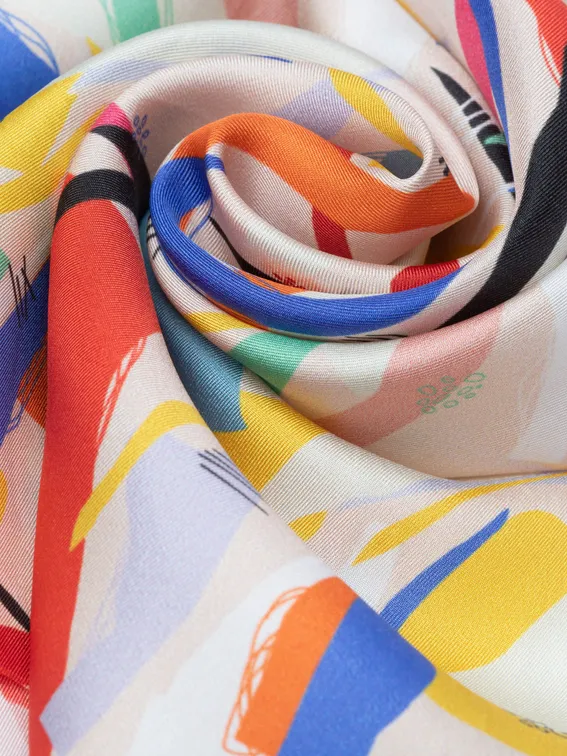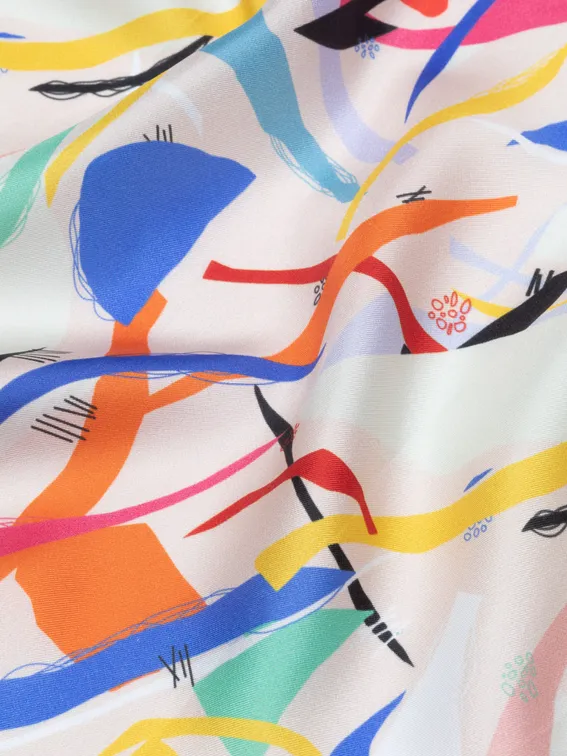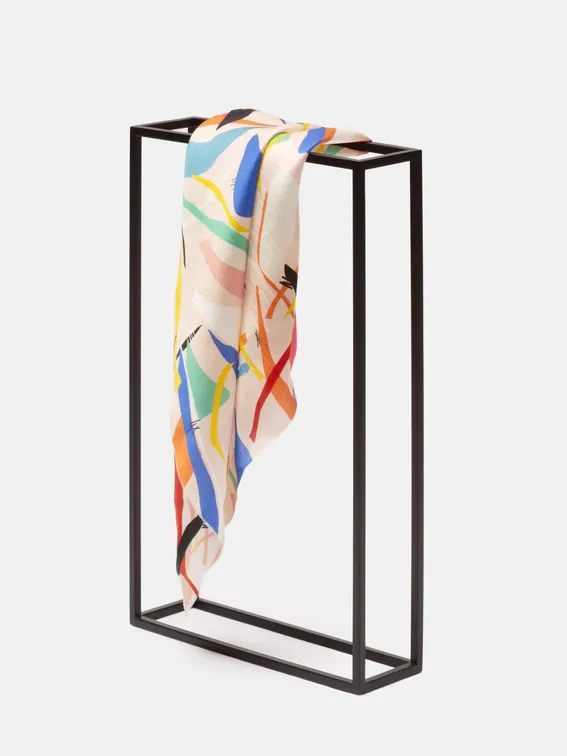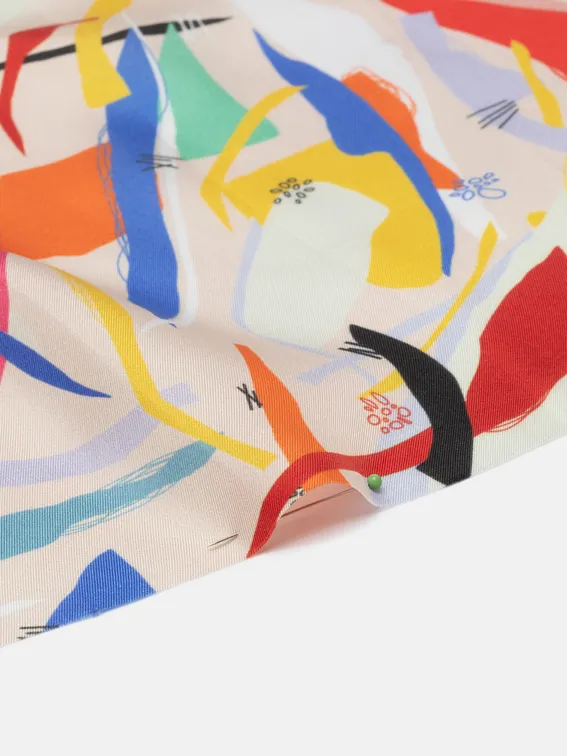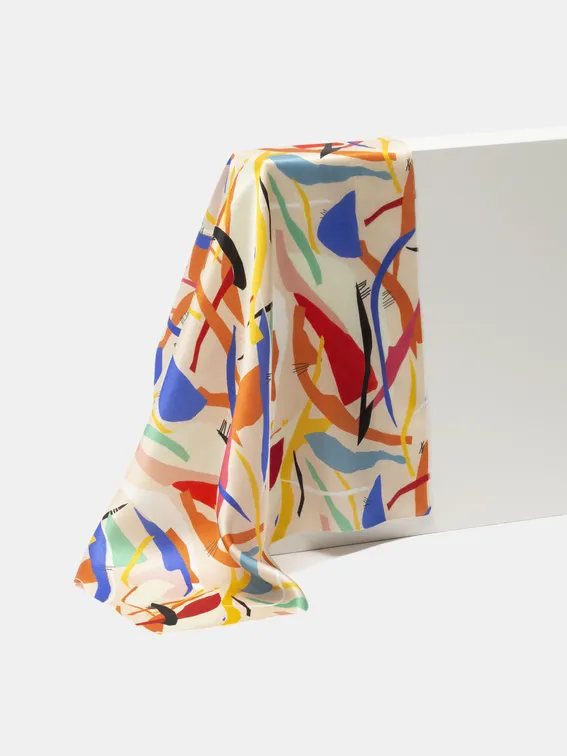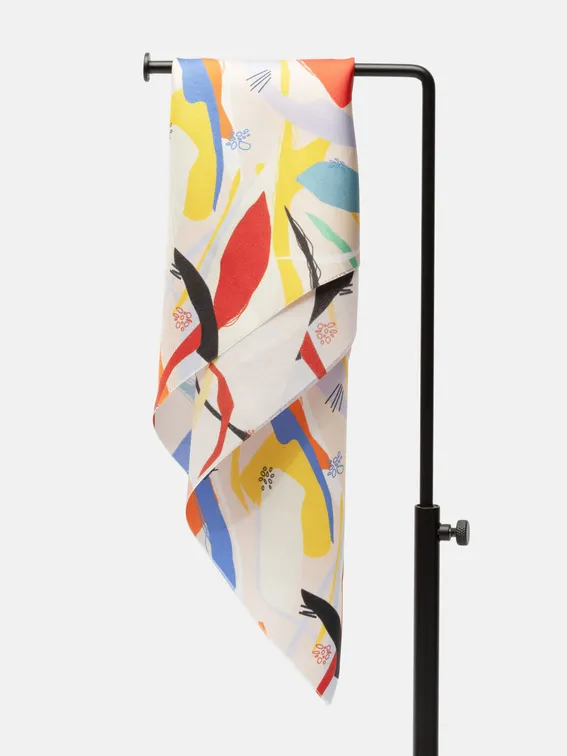Silk fabric has long been synonymous with elegance and luxury in the realm of fashion. From glamorous evening gowns to delicate lingerie, silk exudes a timeless allure. However, sewing with silk fabric can be a daunting task for beginners and even experienced sewists. In this comprehensive guide, we will delve into the intricacies of working with silk fabric, unravelling its secrets and equipping you with the knowledge needed to master this fine art.
Understanding Silk Fabric
Before we embark on our journey to conquer the challenges of sewing with silk fabric, it is essential to understand its unique characteristics. Silk is a natural fibre renowned for its lustrous sheen, smooth texture, and lightweight feel. It’s breathability and moisture-wicking properties make it ideal for creating garments that drape beautifully on the body. Additionally, silk comes in various types such as charmeuse, chiffon, silk crepe de chine, and organza, each possessing distinct qualities that influence the sewing process.
Preparing Silk Fabric for Sewing
To ensure a successful sewing experience with silk fabric, proper preparation is key. Before cutting and sewing, it is crucial to pre-wash the fabric to remove any residual chemicals and to prevent shrinkage later on. Handling silk with care during this process is vital, as excessive agitation or harsh detergents can damage its delicate fibres. Once clean, silk fabric should be gently ironed or pressed on a low heat setting to remove wrinkles, ensuring a smooth and even surface for cutting and sewing.
Choosing the Right Tools and Techniques
Sewing with silk fabric necessitates the use of appropriate tools and techniques to achieve professional results. When it comes to needles, opting for fine, sharp needles specifically designed for silk fabric is essential. Similarly, selecting high-quality silk thread that matches the fabric’s colour and weight will ensure seamless stitching. Adjusting your sewing machine settings is equally crucial, as reducing the tension and using a smaller stitch length can prevent puckering and maintain the fabric’s integrity during the sewing process.
Cutting and Handling Silk Fabric
The precise cutting of silk fabric sets the foundation for a well-executed garment. To achieve accuracy, using a rotary cutter or sharp fabric scissors is recommended. To prevent the fabric from shifting during cutting, placing a layer of tissue paper or a fine silk organza under the fabric can stabilize it. Handling silk fabric during the sewing process requires delicacy and finesse. Pinning within the seam allowance or using silk pins can minimize visible marks on the fabric’s surface while basting or hand-tacking can secure seams and prevent slippage.
Sewing Techniques for Silk Fabric
When sewing silk fabric, selecting the appropriate stitches is crucial to ensure both durability and aesthetics. Straight stitches and small, narrow zigzag stitches are commonly used for sewing seams on silk fabric. French seams, known for their clean finish and strength, are particularly suitable for delicate silk garments. For hems and darts, using techniques like hand-rolled hems or baby hems can create a refined and polished look. Taking the time to practice and refine these sewing techniques will enhance your ability to create exquisite silk garments.
Finishing and Caring for Silk Garments
The finishing touches of a silk garment can elevate its overall appearance and longevity. Seam finishes such as French seams, Hong Kong seams, or serging can prevent fraying and add a professional touch. Hand-stitched bindings or bias tape can beautifully finish the neckline and armhole edges. When it comes to caring for silk garments, handwashing or using the delicate cycle on your washing machine is recommended. Avoiding direct sunlight during drying and storing silk garments folded or rolled in acid-free tissue paper will help maintain their quality and prevent creasing.
Conclusion
Mastering the art of sewing with silk fabric requires patience, practice, and an understanding of its unique properties. Armed with the knowledge and techniques shared in this guide, you are now equipped to embark on your silk sewing journey with confidence. Whether you are creating an elegant evening gown, a luxurious blouse, or a delicate scarf, your newfound expertise will enable you to transform silk fabric into exquisite masterpieces, bringing your creative vision to life.



